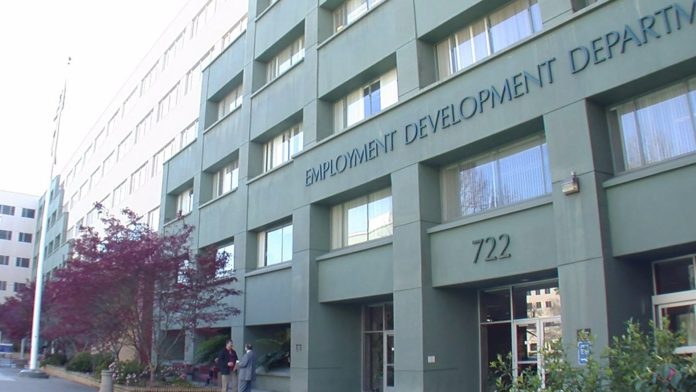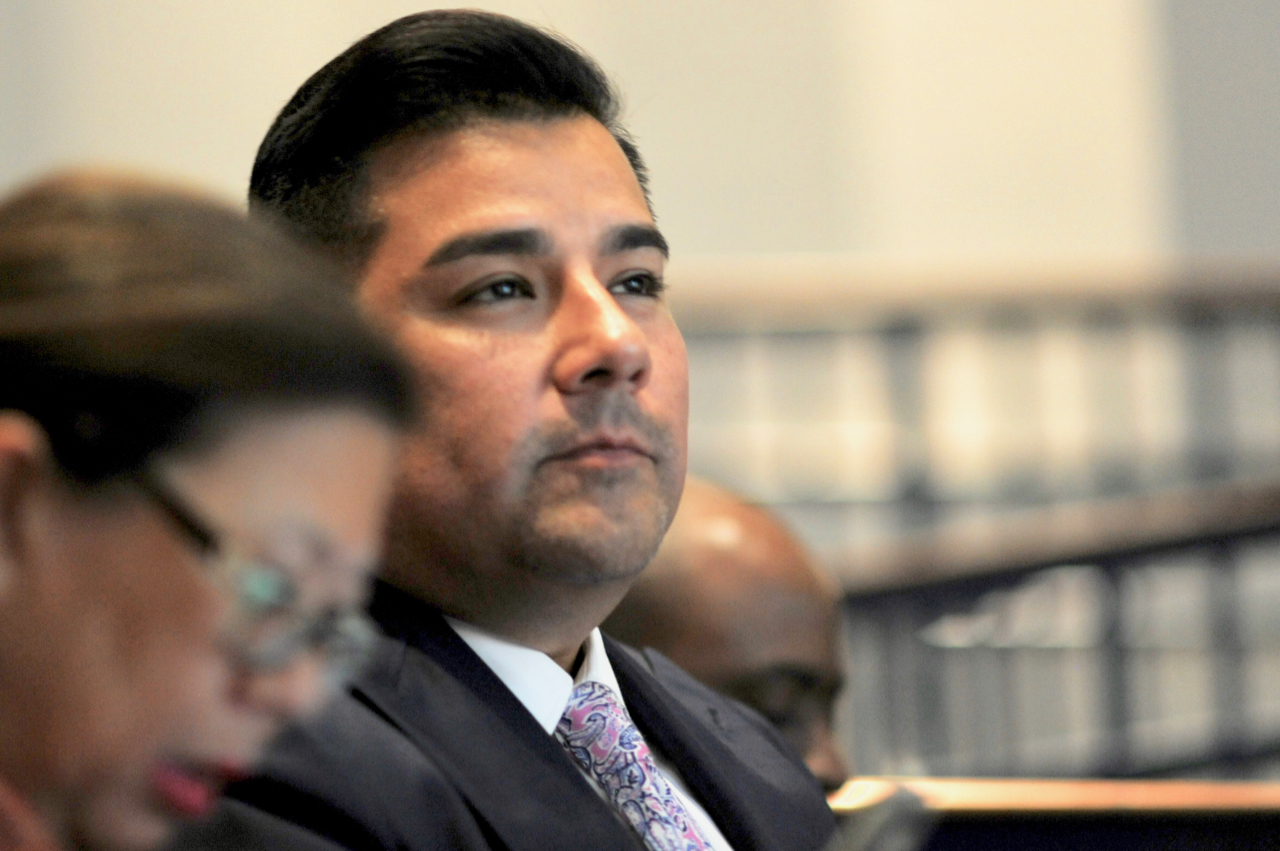
EDD. (Photo: EDD.ca.gov)
State Disability Insurance Taxes Going Up – For Some, Going Up A LOT
The top 20% of the state’s earners will shoulder more than 60% of the tax increase burden
By Thomas Buckley, November 20, 2023 3:39 pm
Right now, if you earn the typical California salary of about $65,000 a year, you – not your employer – pay about $590 each year in state disability insurance taxes.
As of January 1, that tax is going up and you can expect to pay about $720 next year – that’s because the rate is moving from .9% to 1.1% of your income.
Right now, if you make $153,164 a year, you are paying about $1,378; that’s going up to about $1,685.
That “$153,164” figure is used advisably because that is the current cap on taxable earnings when it comes to disability insurance, so anyone making more than that, say $300,000, will still only pay the $1,378 this year.
As of January 1, that, too, changes. A lot.
That’s because there will no longer be a wage cap – the new 1.1% tax will be applied to every dollar earned and that will mean an additional tax increase for about 20% of California workers.
For example, the $300,000 earner who paid $1,378 this year will pay $3,300 in 2024, a nearly 140% increase.
For even higher earners, the numbers are, well, even higher. A person making $1,000,000 this year paid, again, $1,378 – in 2024 that will balloon to $11,000, or a nearly eight-fold increase.
The increases are, in part, to pay for the expanded Paid Family Leave program, and it part to prevent what happened to the unemployment trust fund – the disability program, is, like the unemployment fund, managed by the epically incompetent Employment Development Department (EDD) – from happening to the disability fund.
Like the unemployment trust fund – which pays unemployment benefits – the disability program is funded by its own trust fund. Unlike the unemployment fund – more on that below – –the disability fund has remained relatively healthy over the years.
The increase will also – possibly – cover the increased benefits that are expected to kick in in 2025. Currently, if you are among the lower earners in state (very roughly the bottom third) you are entitled to 70% of you regular weekly pay while higher earners are entitled to 60% of their pay. That puts the overall average weekly disability payout at about $828.
On January 1, 2025 anyone making less than $57,000 per year – about 15% less than median – will be entitled to 90% of their pay, with those earning above that mark getting 70% (there is – now it’s $1,620 per week – and will be an as yet to be cap in the future) of their pay.
The new rate and the elimination of the wage cap is expected to increase disability insurance revenues by about $4.7 billion dollars each year.
The latest available “Disability Trust Fund Forecast” report seems to indicate that about $1.7 billion of that increase will come from the rate increase, meaning the other $3 billion could be coming from the removal of the wage cap alone.
The EDD did not respond to multiple requests for comment and/or clarification.
What, however, that likely breakdown means is that the top 20% of the state’s earners will shoulder more than 60% of the tax increase burden, a fact that has California businesses leaders worried.
While it is a comparatively smaller amount for a high wage earner, it is yet another tax to add to the pile of reasons why people are moving out of California.
“It’s the cumulative impact that is pushing higher earners to leave the state” said Tom Manzo, president of the California Business and Industrial Alliance.
It also may not even be enough to cover the new benefits, said the EDD last year, leading to the possibility the rate could be increased again – soon. While the legislature had to act to eliminate the wage cap, the director of the disability program has the discretion to raise the tax rate – based upon “consultations” – each year until it reaches 1.5%, which would add another $3-4 billion per year.
A raise of .2% has to meet specific standards, but the director can raise (or lower…hahaha…sorry, couldn’t resist) a tenth of a point for whatever reason they want.
The unemployment trust fund operates a bit differently. It, too, has to create a tax rate based upon certain specifications and that rate does have a cap, too – 6%. There are some differences between the programs, though – first, the unemployment insurance tax rate can vary from business to business, second, the rate is already set at the maximums possible already, and third, the tax only applies to the first $7,000 of earnings, which keep the maximum annual tax to $42 per employee.
That is, it kept it there until the EDD was forced to borrow $40 billion from the federal government during the pandemic, managed to lose nearly the same amount to fraud, and still owes the feds about $19.2 billion dollars. The fed debt – though caused by massive governmental incompetence – is currently being paid by an extra tax on California businesses because the state decided not to pay it back with the federal government COVID grant money it had leftover (remember the budget surplus?)
There have been suggestions in the past to do to the unemployment system what has been done to the disability system: remove the wage cap.
Most such proposals are pitched as being “revenue neutral” and not meant to bring in more money. In other words, if the wage cap – currently one the lowest in the nation – was eliminated, the tax rate – currently one of the highest in the country – would be cut at the same time, therefore the tax bite would not increase.
While the concept has theoretical benefits, anyone who has ever noticed anything that has ever happened in Sacramento in the past 20 years would immediately know that the chances that such a move would be “revenue neutral” are exactly zero. In other words, even if there was a “lower rate” at the outset, it would go up – a lot and very fast.
There is one other side benefit to the disability trust fund being solvent – the unemployment fund can keep borrowing money from it.
Yup – the $300 million payment made to the feds in late September to cover the interest on the $19 billion debt was not unemployment money or general fund money or found in the couch cushions.
It was borrowed from the disability trust fund.
- Benefit Fraud Problems and Solutions - November 7, 2024
- A Little Exit Poll - November 5, 2024
- Tomorrow’s Headlines Today! - November 5, 2024




